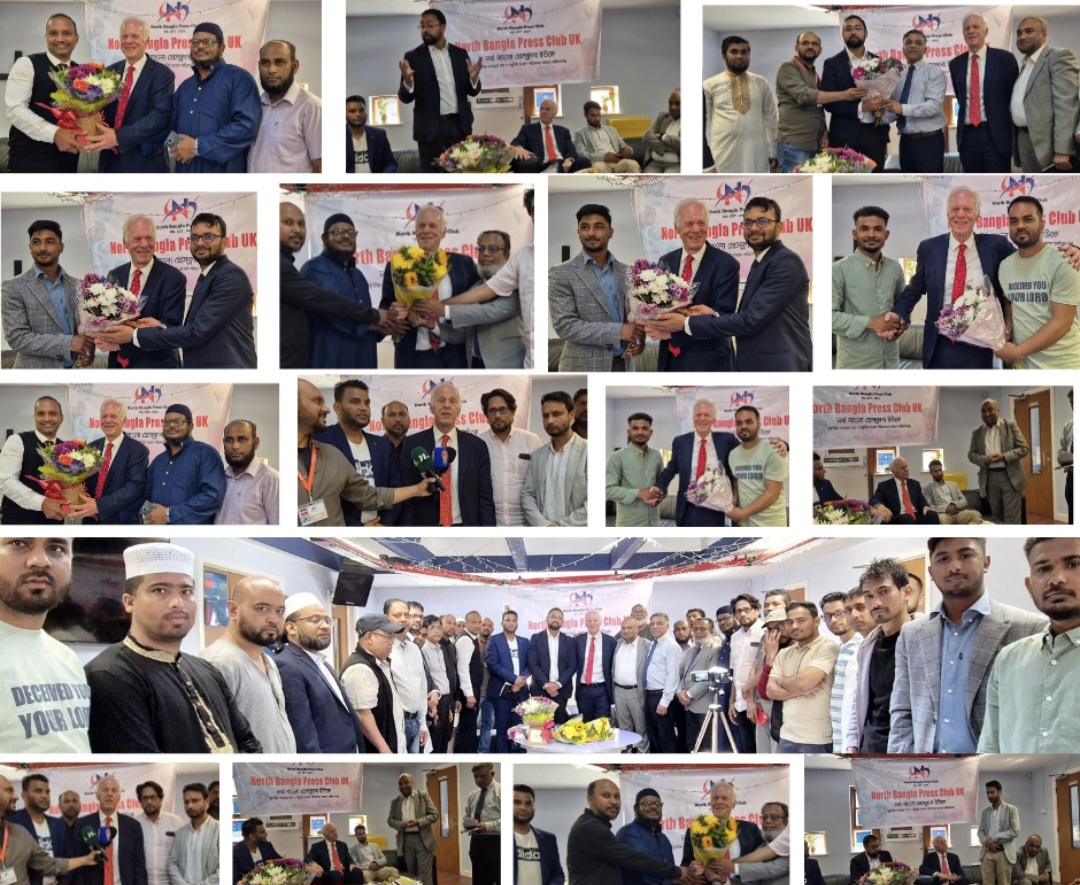These assets are a subset of the fixed assets classification, which includes such other asset types as vehicles, office equipment, and intangible assets. revenue equipments fulfill the usual criteria for a fixed asset, which means that their initial cost exceeds the capitalization limit of the entity, and they are expected to be used for at least one year. This classification is rarely used, having been superseded by such other asset classifications as Buildings and Equipment. From an accounting perspective, plant assets are typically held on the balance sheet at historical cost (what the company paid for them) less depreciation (ongoing wear-and-tear expense) over time.
- Any asset that will provide an economic benefit within one year is a current asset.
- Here, we’ll discuss what plant assets are, why they matter, and how they fit into a company’s financial circumstances.
- This means when a piece of equipment is purchased an expense isn’t immediately recorded.
- In the case of an automobile, functional depreciation occurs when the vehicle is no longer being used for its original purpose.
- There are different methods of depreciation that a business entity can use.
Functional depreciation is caused by obsolescence factors such as technological advances and less demand for a particular product or service. For example, if a company sells a new car to a customer, the cost of the car is physical in the sense that it has to be physically moved from one location to another. In accounting of plant assets, we will see where a company records the purchase of an asset, depreciation as well as disposal. Broadly speaking, an asset is anything that has value and can be owned or used to produce value, and can theoretically be converted to cash.
Depreciation of Plant Assets
Also, land held for speculation or not yet put into service is a
long-term investment rather than a plant asset because the land is not being
used by the business. However, standby equipment used only in peak or emergency
periods is a plant asset because it is used in the operations of the business. Plant assets represent the asset class that belongs to the non-current, tangible assets.
- Companies can also borrow off their PP&E, (floating lien), meaning the equipment can be used as collateral for a loan.
- From there, companies within an industry can often be easily compared.
- You should be able to explain fair market value, acquisition costs, historical costs, and which costs are capitalized.
- For example, a business such as a
retail appliance store may classify a delivery truck as a plant asset because
the truck is used to deliver merchandise.
Depreciation expenditures, on the other hand, are the appropriate part of the cost of a company’s fixed assets for the time period. Depreciation is a non-cash expenditure that decreases the company’s net profits and is recorded on the income statement. Though plant assets are sometimes seen as expensive, not all have the same value or are prioritized by a company. Rather, it is dependent on the unique requirements of the company.
Fixed Assets are assets that are fixed in nature and are not subject to change. Depreciation is the process of deducting a portion of an asset’s value from its purchase price and then paying the difference to the original owner. This process is known as depreciation and is used by companies to determine the fair market value (FMV) of their assets. In this section, we will look at the accounting treatment for plant assets, natural resources and intangible assets. A plant asset is any asset that can be utilized to produce revenue for your company. Plant assets are goods that are considered long-term assets because of their high price or worth, even if the assets depreciate.
This cost includes everything the company spent to get the asset, like purchase price, transportation expenses, installation costs, and any other directly attributable costs. Plant assets are physical resources that companies own for more than a year and use to create & sell goods/services to generate income. These are fixed assets such as land, buildings, factories, machinery, and vehicles. It is a systematic allocation of the cost of a plant asset to expense in the periods in which benefit is received from the asset.
The company’s top management regularly monitors the plant assets to assess any deviations, discrepancies, or control requirements to avoid misuse of the plant assets and increase the utility. In the balance sheet of the business entity, these assets are recorded under the head of non-current assets as Plant, property, and equipment. In this article, we will talk about non-current tangible assets and, specifically the plant assets. The article will be all about plant assets, their recognition, depreciation, and differentiation from other asset classes. This is typically done through an aggressive plant asset maintenance plan that can be easily followed and carried out on a routine basis.
Nature of plant assets
Purchases of PP&E are a signal that management has faith in the long-term outlook and profitability of its company. PP&E are a company’s physical assets that are expected to generate economic benefits and contribute to revenue for many years. Industries or businesses that require a large number of fixed assets like PP&E are described as capital intensive. The IAS 16 of the IFRS governs the rules regarding recognizing and recording the plant assets in the company’s financial statements. Instead, a part of the cost is periodically charged to the expense account to depreciation the plant assets.
Straight Line Method
Depreciation expense — calculated in several different ways — is then carried through to the income statement and reduces net income. Over time, plant asset values are also reduced by depreciation on the balance sheet. Plant assets are usually expensive, long-term investments made to underpin a company’s production process. Needless to say, they’re an enormously important part of producing goods and/or services in an economically efficient manner. Businesses must be especially careful in making these investments since buildings and land are immovable and can’t be easily substituted. In this article, we’ve explained the concept of plant assets in very detail.
What is a Plant Asset
If you buy a piece of land for $1,000 and then decide to sell it at $2,500, the land will be depreciated over the life of the contract. This is because the price you paid for the property is based on the market value at the time you bought it, not the actual value when you sold it. PP&E is depreciated over time and can be sold for its salvage value. When a company purchases PP&E, it is known as a capital expenditure.
PP&E assets fall under the category of noncurrent assets, which are the long-term investments or assets of a company. Noncurrent assets like PP&E have a useful life of more than one year, but usually, they last for many years. Plants are long-term fixed assets that are used to make or sell products and services.
This category of assets is not limited to factory equipment, machinery, and buildings though. Anything that can be used productively to general sales for the company can fall into this category. However, it is still included as a tangible asset on the balance sheets of the companies that own and operate the plants.
The depreciation expense in this method is calculated by subtracting the residual value of an asset from the cost and dividing the remainder by a number of years(useful life). The straight-line method’s illustration has been given in the above example. Every business concern or organization needs resources to operate the business functions. The resources are sometimes owned by the company and sometimes borrowed by external parties.
Artificial Intelligence (AI) and Machine Learning (ML) algorithms can also improve Plant Asset Management strategies. With the increasing availability of edge devices and smart sensors comes to the increasing amount of data and information at hand. For mission-critical equipment, this information has been available for some time at the device level, but smart networks have enabled decision-makers to access this important data more easily. Each of these types is classified as a depreciable asset since its value to the company and capacity to generate income diminishes during the asset’s useful life.
Remember that in recording the life history of an
asset, accountants match expenses related to the asset with the revenues
generated by it. Because measuring the periodic expense of plant assets affects
net income, accounting for property, plant, and equipment is important to
financial statement users. The name plant assets comes from the industrial revolution era where factories and plants were one of the most common businesses.
Because of the term’s roots during the Industrial Revolution when plants and factories were the most frequent mode of production for major companies at the time, plant assets are referred to as such. Despite the fact that plant assets are still referred to as such, the assets in this category are no longer confined to factory or plant-related resources. Regardless of the company you’re analyzing, plant assets tend to be those held for long-term use and depreciated over their useful lives.
The same process will be repeated every year at the end of the financial year.


 টাইম নিউজ বিডি ডেস্ক :
টাইম নিউজ বিডি ডেস্ক : 







